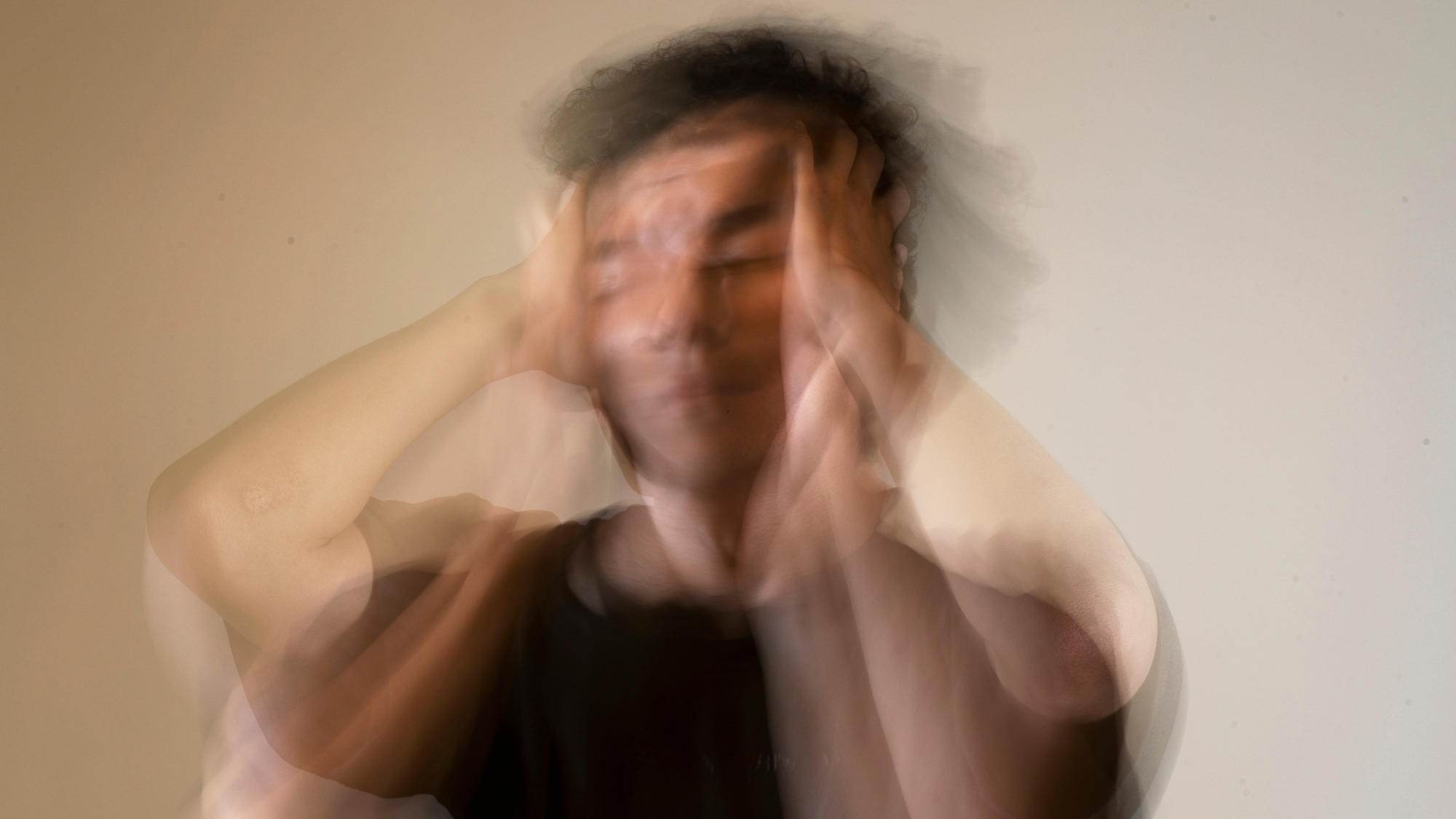Using the Havening Technique for Anxiety: A Simple Way to Feel Safe Again
Sometimes, your body panics even when your brain knows you’re okay.
Your chest tightens.
Your heart pounds.
You feel like you’re floating outside your skin.
I know that feeling. It’s also highly annoying when it comes out of nowhere.
And when it happens, there’s one thing I turn to almost every time:
The Havening Technique.
It’s gentle and it’s simple.
And, it helps me come back to my body fast.
There are three ways to calm anxiety using Havening.
Most people only know one: deep breathing.
That won’t always work, because when your brain thinks you’re in danger, just “breathing through it” can feel impossible.
Here’s what to do instead to feel grounded and safe again:
But first: What is the Havening Technique?
Havening is a touch-based technique that helps your brain feel calm using psycho-sensory therapy. That means: you use touch (like stroking your arms or face) to tell your brain,
“Hey, we’re safe now.”
It works by lowering the alarm signals in your brain, especially in the amygdala, which controls fear.
This technique, developed by Dr. Ronald Ruden, is used worldwide by therapists, coaches, and everyday people like me.

1. Face Havening
-
Why it works: Gently stroking the forehead and cheeks triggers calming brain waves, similar to when a mother soothes a baby. It tells your nervous system, you’re okay now.
-
When to use it: During an anxiety attack or right after a stressful event.
-
Key tip: Combine it with simple phrases like “I’m safe. I’m okay. I’m here.”
2. Arm Havening
-
Why it works: Repetitive downward strokes on your arms send signals to the brain that mimic comfort and connection. This is called self-havening, and it helps settle the body in moments of fear.
-
When to use it: Before a stressful conversation, after a nightmare, or when your body feels tense.
-
Key tip: Say something kind to yourself while doing it — even just your name and “you’re doing great.”
3. Palm Havening
-
Why it works: Rubbing your palms together slowly creates a rhythm your brain can follow, helping you move out of “fight or flight” and into calm.
-
When to use it: In public spaces when other methods feel too noticeable.
-
Key tip: Match the movement to your breath — inhale, stroke, exhale, stroke.
Watch: 3 Simple Havening Techniques (Video)
👉 Tap here to watch my guided Havening video on Instagram
The “secret”?
The real power of the Havening Technique isn’t just the touch — it’s the pattern. The rhythm. The repetition.
It gives your body something steady and safe to hold on to.
Start with this: One slow stroke on your arms.
And add this: A calm voice — your own — saying,
“I am safe. I am home. I am here.”

What is Self Havening?
Self Havening means using the technique on yourself — no therapist required.
It’s free, easy to learn, and can be used anytime.
Some people use it to fall asleep.
Some use it before public speaking.
Some (like me) use it to stop anxiety in its tracks.
Is Havening dangerous?
No. Self Havening techniques are not dangerous.
They are gentle, non-invasive, and based on how the brain naturally responds to touch.
That said, some people may feel emotional when using the method, especially if they’re releasing old trauma. Go slow. Go gently. And if you need support, contact a trained Havening therapy practitioner.
What are the criticisms of the Havening Technique?
Some people ask,
“Is this too simple to work?”
Fair question. Because Havening doesn’t look like therapy.
But there’s actual science behind it.
Research suggests it works by helping the brain de-link emotional pain from memory, making you feel safe without needing to talk through every painful detail.
Still, some psychologists prefer more traditional talk therapy. That’s okay. Havening doesn’t have to replace anything; it can add more options to your healing.
What are the side effects of Havening?
Most people feel relief, calm, and lightness after Havening.
But once in a while, it may stir up big emotions. That’s not a side effect — that’s a release.
If something feels too big to handle alone, work with a Havening techniques training specialist or visit Havening.org for guidance.

How to deal with extreme stress and anxiety (when nothing else works):
-
Stop what you’re doing.
-
Place your hands on your arms, face, or palms.
-
Stroke slowly.
-
Speak gently to yourself.
That’s it. That’s the first step.
Then do it again. And again. Let your body catch up to your mind.
Imagine your nervous system like a stormy sea.
Havening is your anchor.
It holds you steady until the waves pass.
You feel your own hands.
You feel warmth.
You feel presence.
And suddenly,
You feel back in your body again.
If this resonated with you, share it with a friend who feels overwhelmed.
Help them find this tool, too.
And if you want more practical, gentle tools for healing
Follow me here and subscribe to my email list for real support that works.





